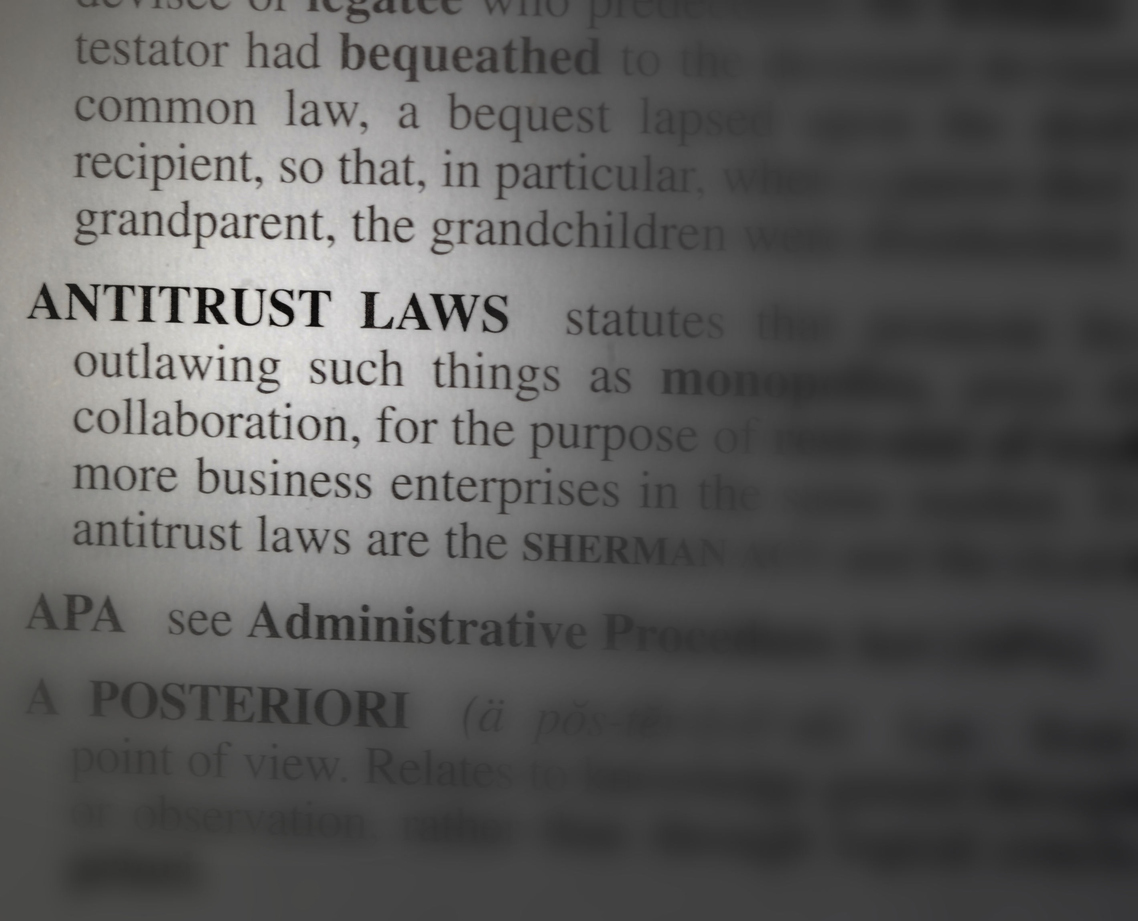Have you ever read an insurance company advertisement saying that it is going to potentially treat their own customer’s insurance claim with a marring protocol or technical claims directive such as the one I published yesterday in, The Marring Protocol and Other Unfair Methods to Underpay Florida Policyholders? Of course not. Most insurance companies promise prompt, quick, easy, and fast payments with the best claims service in the industry.
So, let’s use the example of the company who made the “marring protocol” claims directive to see what it promises for claims service compared to when the rubber meets the road at the point of claims adjustment. If you read the St. Johns Insurance Company website, it says the following:
Choose A Homeowners’ Policy That Will Give You Peace of Mind.
Selecting a company to protect such a large asset is an important decision. Here are some critical factors to keep in mind.
Financial Stability
Is the insurer financially stable? Check their Financial Stability Rating® from Demotech, Inc. St. Johns Insurance Company has been assigned a Financial Stability Rating® of A, Exceptional, from Demotech, Inc.
Expertise
Does the insurance company focus on homeowners’ insurance, or is it just a sideline? St. Johns exclusively offers homeowners’ insurance coverage.
Reputation
A homeowner buys insurance in case they ever have a claim. So, a good reputation for fair claims settlement and superior customer service is just as important as competitive pricing. The state insurance department can be an excellent source of information on companies that are under investigation for unfair practices or claims settlement disputes.
Another part of the website says:
St. Johns Insurance is determined to provide customers with the best claim service, and we’ve gone to great lengths to do so.
Claim representatives and adjusters have one charge: do everything possible to pay covered claims quickly and fairly. That is why at St. Johns, same-day contact with our customers is mandatory.
Why shouldn’t insurance regulators require insurance companies to provide claims bulletins and claims guidelines about how claims will be handled at the point of sale and during the claims process? If the insurer is acting in good faith, why would it be afraid to turn over and publish those directives? It might lead to much better and fair treatment which is promised in the first place.
Instead, the same insurance company with the “marring protocol” also has claims directives senior management approves that impact thousands of property insurance claims. One such directive says:
Meeting to calibrate on roof repair and replacement issues
Please see the below notes from our discussion on roofing. Please calibrate with your staff on these expectations.
Roofing;
• Generally we consider slope replacement as an accommodation for our customer when the damage meets/exceeds 30% of the slope surface
• Wear/tear is excluded by the policy. Any claim for replacement of a slope/roof due to repairability associated with worn/brittle shingles would therefore be excluded.
• Investigation into any roof claim for damage in excess of the direct/physical loss involves questioning the WHY behind this request;
o Matching – Is the customer claiming matching as the reason for roof replacement? If so, does the state have matching regulations. If so, this would be considered within ordinance and law limits and repairs would need to be completed and incurred to be paid.
o Ordinance and Law – Is the customer claiming they cannot obtain a permit to replace the roof (ie 25% rule in FL). If so, the customer would need to provide a copy of the repair permit and copy of the permit rejection citing the reason the permit was rejected. If rejected due to ordinance requiring replacement, the O&L limit would apply and repair would need to be completed and cost incurred to be paid.
o Wear and Tear – Is the customer claiming the roof cannot be repaired due to the condition of the surrounding materials (brittle, worn, etc.). The surrounding shingles if not damaged by direct/physical loss would not be covered. This claim would be reviewed for denial if appropriate.
o Obsolete/Discontinued – Is the customer claiming the roof cannot be repaired as the material is obsolete or discontinued (t-lock, atlas, tile, etc.). Slope/elevation replacement could be considered for this reason although consider harvesting as an option if appropriate.
• Harvesting for tile roof repair is an acceptable practice of repair. (ie. replacing a small slope/elevation and using undamaged existing tile to repair tiles on other slopes/elevations)
• Roof claims may often require the additional investigation steps; weather reports, google earth, Zillow, or other pictometry, home inspection reports, policy history review, etc.
I can anticipate roofers and property claims adjusters criticizing a great deal of this directive as being wrong for several reasons. Most policyholders would be wondering where the directives are that require the investigation and payment to be made within a certain number of days from the notice of loss.
My point is that none of this should be kept from policyholders. Internal directives show how the insurance company thinks peace of mind is made during the claims process; it should be published and easily provided for all to see.
Citizens Property Insurance Company used to publish its claims guidelines. The National Flood Program published its claims guidelines. Why don’t all insurance companies do so if they have nothing to hide about the way they handle their property insurance claims?
It is easy to make promises. But even the most trusting person knows to look under the hood to see if the engine promised is really there. The insurance claims industry does not want us to look at what it is really doing when it’s claims time, and recent examples I have published explain why.
Thought For The Day
I think the currency of leadership is transparency. You’ve got to be truthful. I don’t think you should be vulnerable every day, but there are moments where you’ve got to share your soul and conscience with people and show them who you are, and not be afraid of it.
—Howard Schultz




